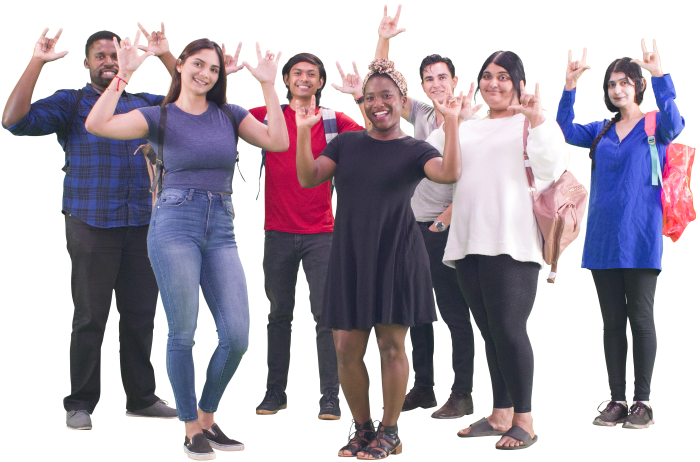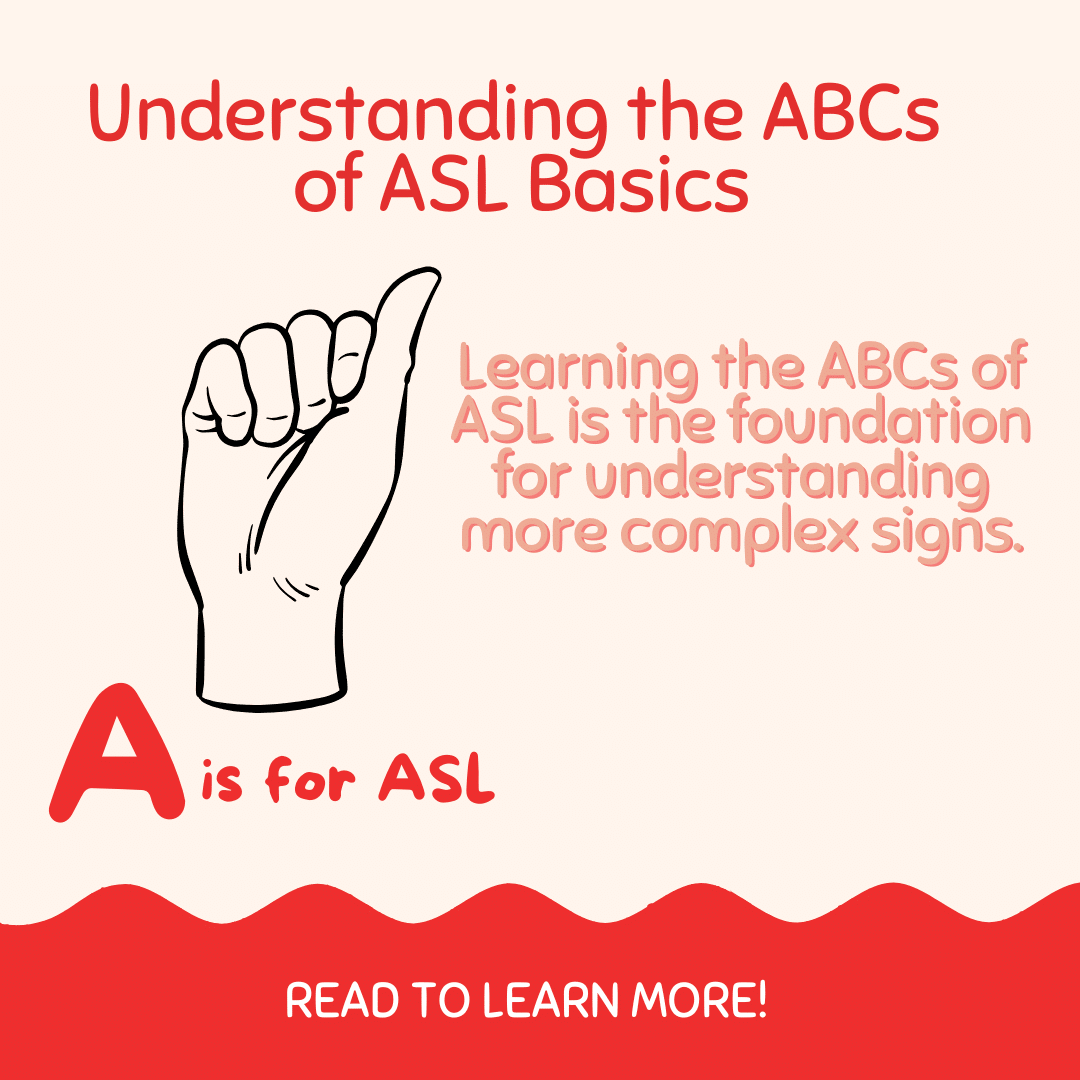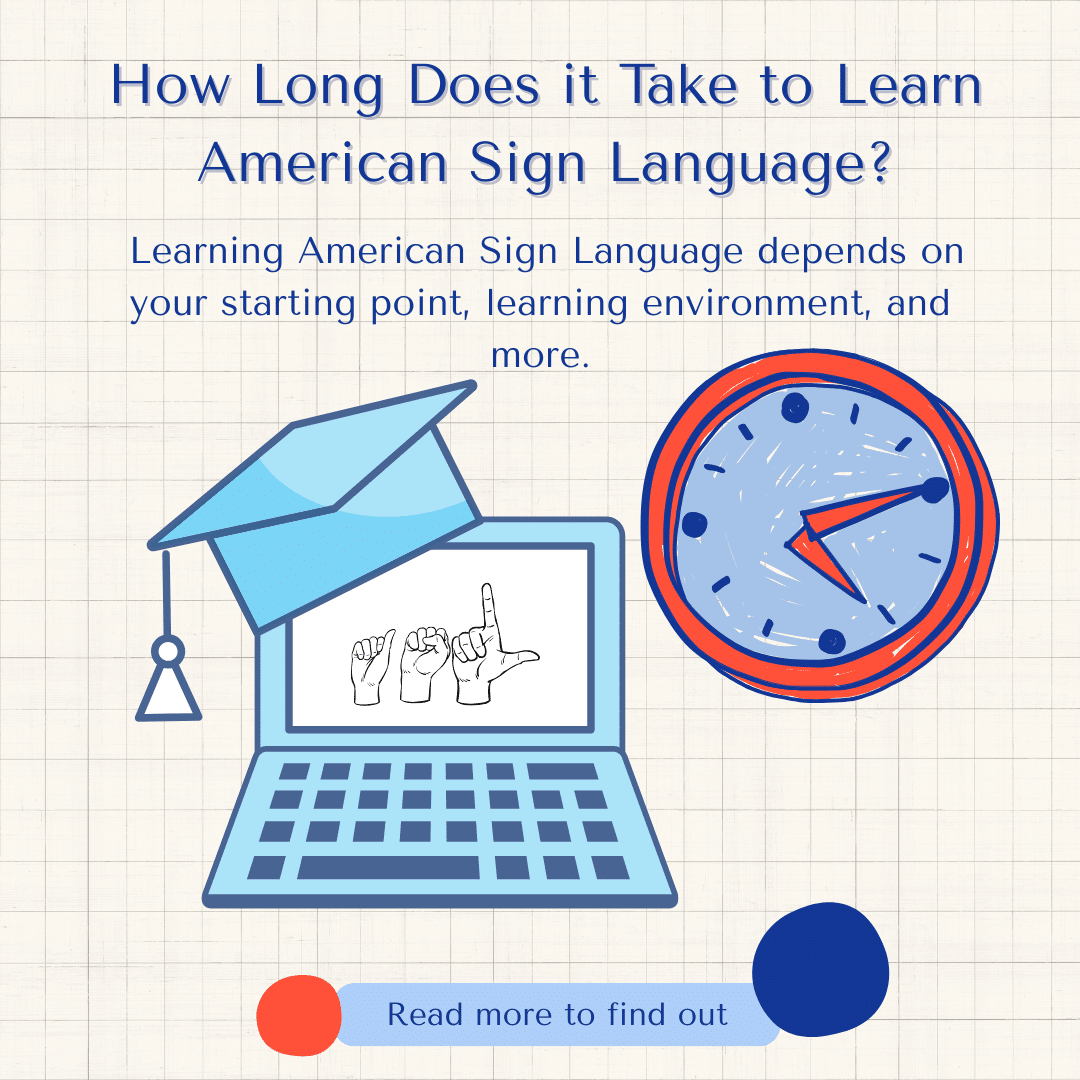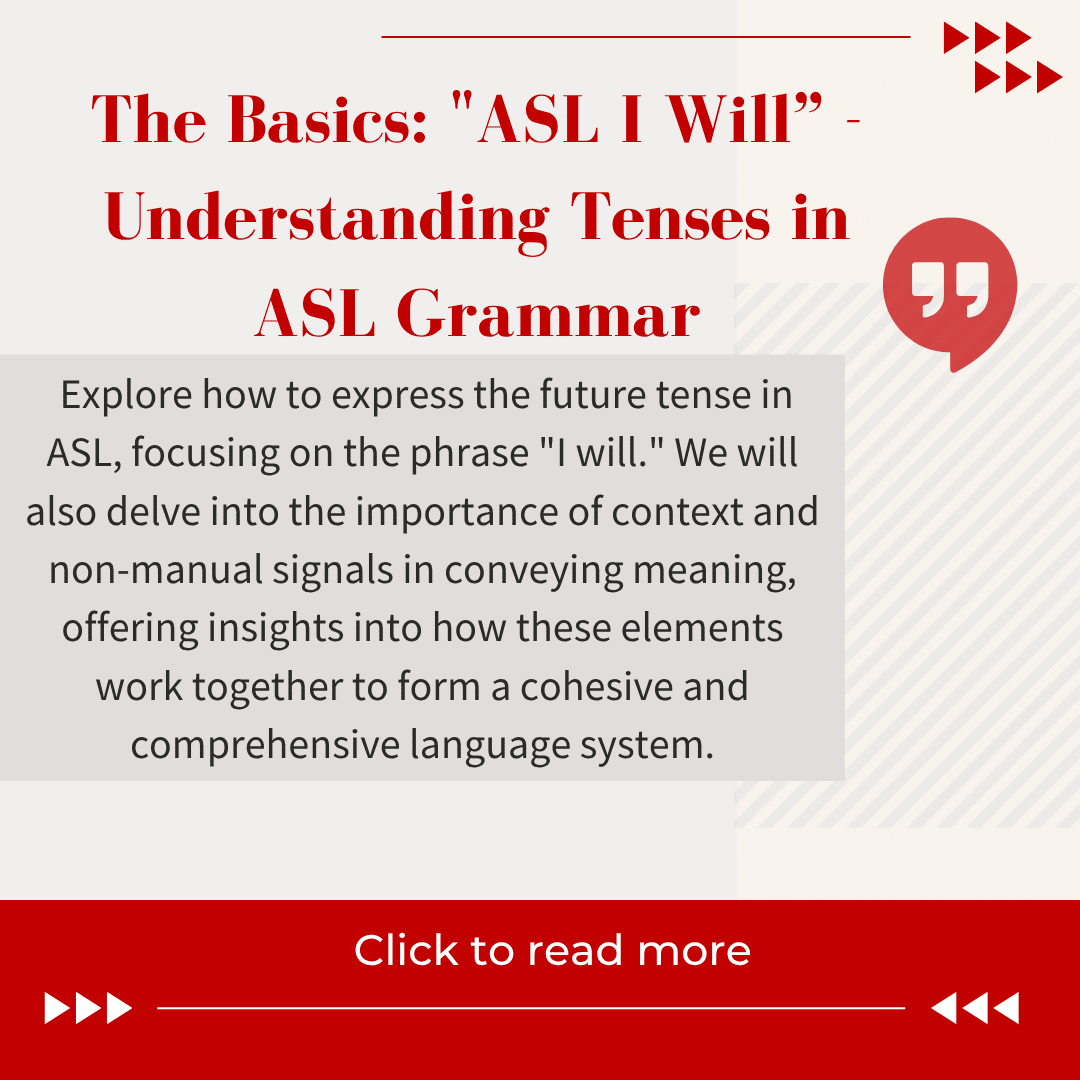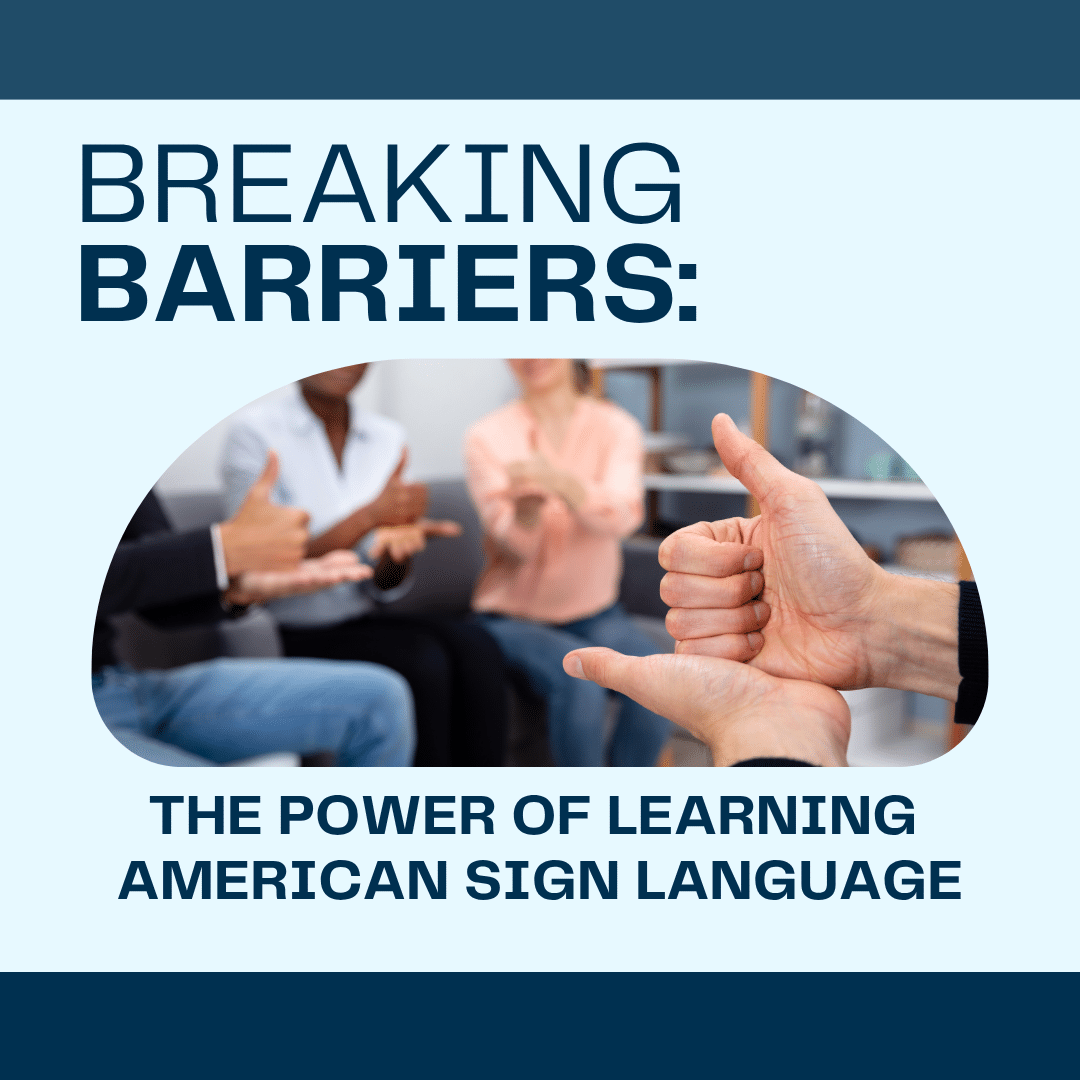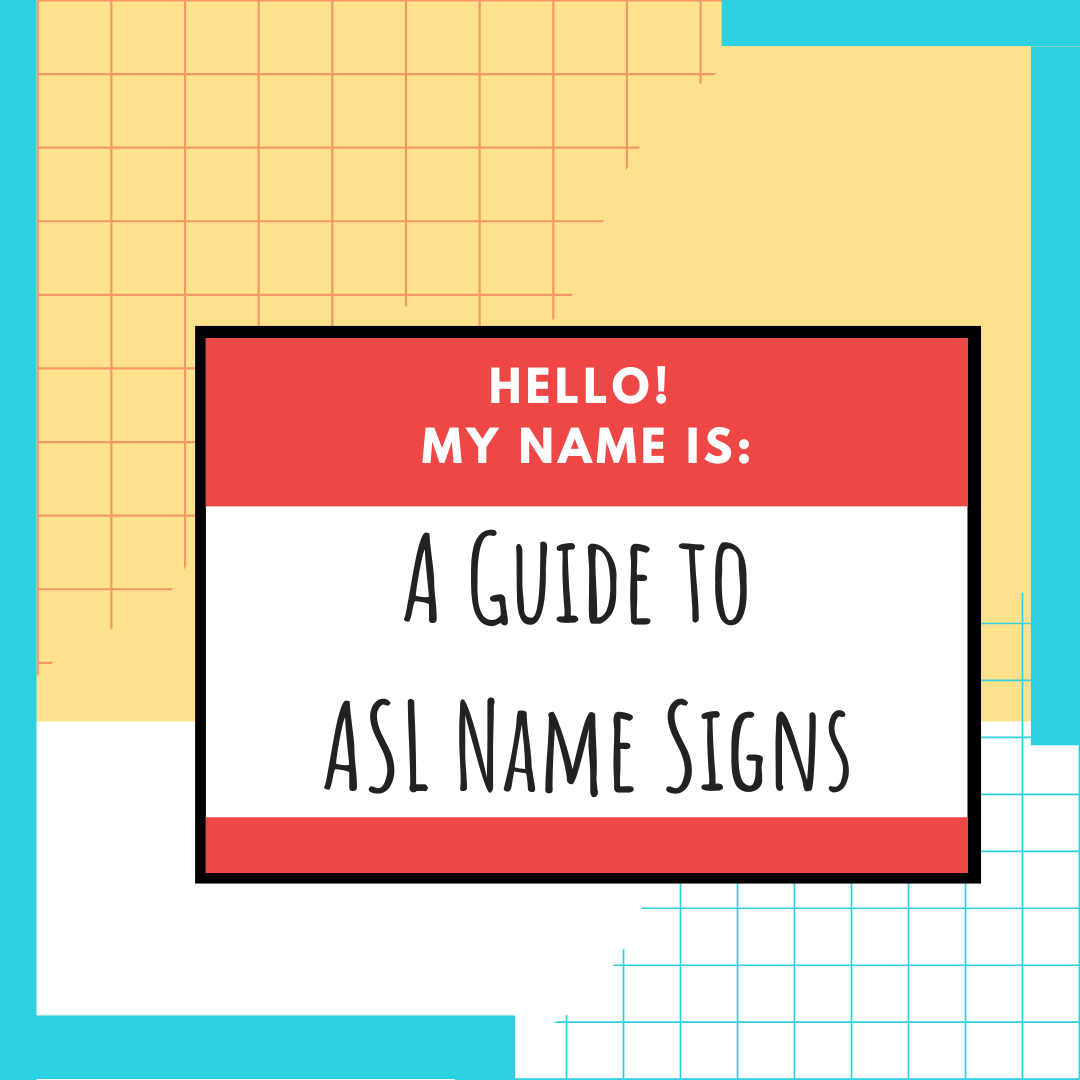
Learning Sign Language: ASL 4 – Unit 6 Sample
In this unit sample as you are learning sign language, you will learn how to sign opinions and debating.
Conversation 4.6
Read this outline, and then watch the conversation in action in the video below.
A: ME THINK COCHLEAR-IMPLANT SHOULD STANDARD
I think cochlear implants should be standardized.
B: ME DISAGREE ME THINK SHOULD NOT
I disagree and do not think so.
A: DEAF PEOPLE NEED FUNCTION HEARING SOCIETY HEAR SPEAK
HEAR MATCH
Deaf people need to be able to function in hearing society.
B: HEARING PEOPLE NEED COMMUNICATE MATCH DEAF
Hearing people need to be able to communicate with the Deaf.
A: OH-I-SEE
I see.
Conversation 4.6 Explained
A: ME THINK COCHLEAR-IMPLANT SHOULD STANDARD
I think cochlear implants should be standardized.
B: ME DISAGREE ME THINK SHOULD NOT
I disagree and do not think so.
This conversation is a good example of a debate which you will learn about in this unit. And the topic of this debate is a common one in the Deaf community as well.
Take Our Free ASL 1 Course
This unit is just a sample of our complete course where you can learn American Sign Language quickly and easily. Enroll in our Free ASL 1 Course today!
Start Learning ASL Today!
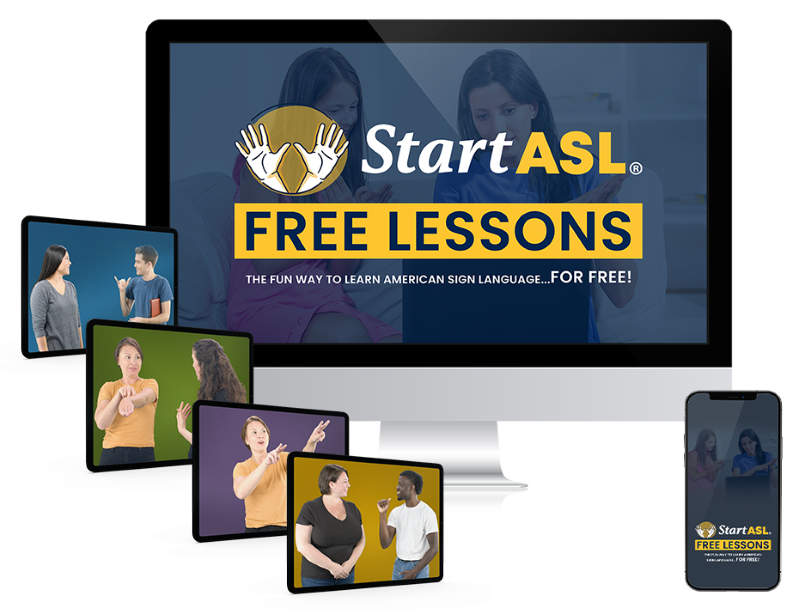 Ready to start learning real American Sign Language and not just basic signs? Do you want to be a part of the vibrant Deaf community? Check out our Free ASL 1 Course or our Complete 4-Level ASL Course options and start learning ASL today!
Ready to start learning real American Sign Language and not just basic signs? Do you want to be a part of the vibrant Deaf community? Check out our Free ASL 1 Course or our Complete 4-Level ASL Course options and start learning ASL today!
